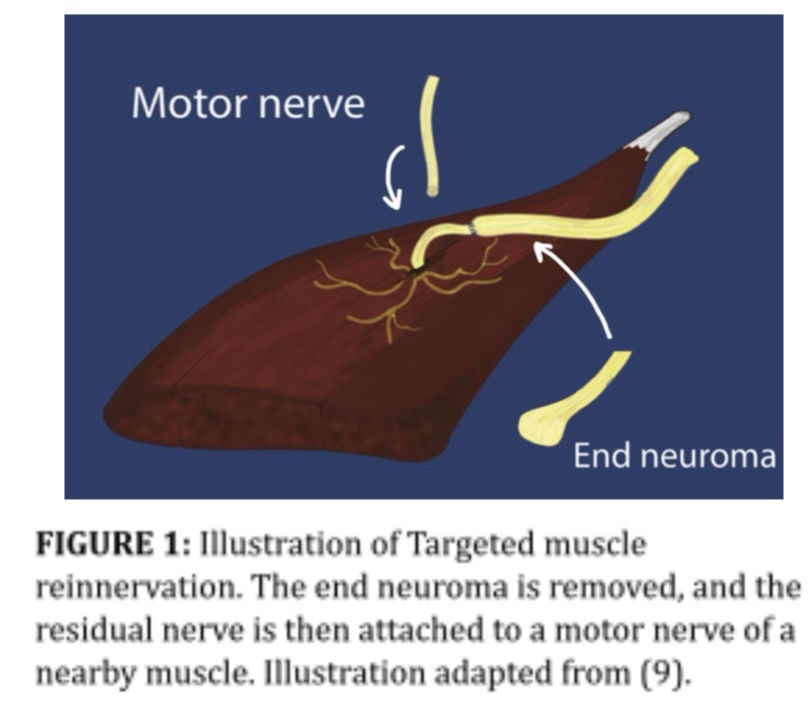Engineering Without Borders Challenge 2018
- Elena Hebden
- Dec 1, 2021
- 3 min read
During my first semester of university I completer a subject called Engineering Communication, which required us to participate in the 2018 EWB challenge.
The Engineers Without Borders (EWB), in partnership with the Cambodian Rural Development Team (CRDT), established the 2018 EWB challenge. The task focused on three communities along the Mekong River in the Kratie Province; Ksach Leav, Koh Khnea, and Puntha Chea. The challenge asked students to establish a design that involved one or more of the seven design areas.
Climate change is a growing issue for farming in the Kratie Province as rainfall patterns are becoming progressively varied,resulting in farmers being unable to predict the most optimal time as to when to plant their crops. In 2017, the region encountered minimal rainfall resulting in many farmers not planting any crops that season (Engineers Without Borders, 2018). Due to this, farmers were forced to generate money from fishing to then be utilised to buy rice from surrounding villages. CRDT needs design solutions to address these issues and give farmers a reliable way to grow crops to provide a steady flow of both food and income.
After brainstorming and developing preliminary designs, we decided to develop a plan for a greenhouse with a water catchment system. Greenhouses utilise the refraction of sunlight through a transparent outer layer in order to store excess heat within their walls, as a result the greenhouse produces an controlled environment for crop growth, whilst both keeping out pests and allowing for increased growth speed. The design in question is based of the design by 1+1>2 Architecture JSC , this greenhouse would be constructed out of recycled plastic bottles and bamboo. In the village, shops and households collect solid waste in a pile and sort out cans and bottles for recycling (Engineers Without Borders, 2018). Therefore the bottles will be able to be locally sourced and help with the current waste problem in Cambodia. The design will also incorporate a simple rainwater catchment and storage system to be used when rainfall is infrequent.
Detailed Description The greenhouse has a 5x3m base and a curved roof, resulting if two different wall heights - 2m and 3m. Plastic bottles will cover the walls and roof, as well as a layer of nylon sheeting to help protect the vegetables from heavy sun and rain, and to provide a surface for the water to run down. While the two ends and floor of the greenhouse will have bamboo and mesh to allow ventilation. The entire structure will be slightly raised for more air flow and to provide some protection from minimal flooding.
Inside the greenhouse there are rows of stacked shelving to maximise growing space for the vegetables, see appendix C for examples. These are modular and can be adapted to what the farmer requires. For example, bok choy grows between 30-60cm tall with a spread of 30cm, and grows best in partial sunlight. Due to this, the farmer can decide where is best to place it within the greenhouse considering the varied vegetable tray sizes and sun exposure.
Water collection occurs in the wet season when there is heavy rainfall. Rain will fall between the bottles onto the nylon sheeting that runs down the curved face of the roof. This leads into a pvc gutter on the side, designed the same as on Cambodian homes. From the gutter, the water will flow down pvc pipes into 3 large clay storage jars. These jars are made outside of the villages and transported to the local area (Engineers Without Borders, 2018). They are currently in use in household guttering systems, so the process will be familiar to the community. To help prevent contamination of the water, a mesh fabric will sit over the gutter and jars to prevent large debris such as leaves from entering the water system and block the pipes.

We developed a manufacturing plan, bill of materials, cost analysis, safety hazards, and discussed ethical and environmental aspects. The tutors were impressed with our proposal and we became finialists within the university. Although we did not go on to represent UTS in the next round, we were happy to be in the top group of our cohort for this project.


Comments